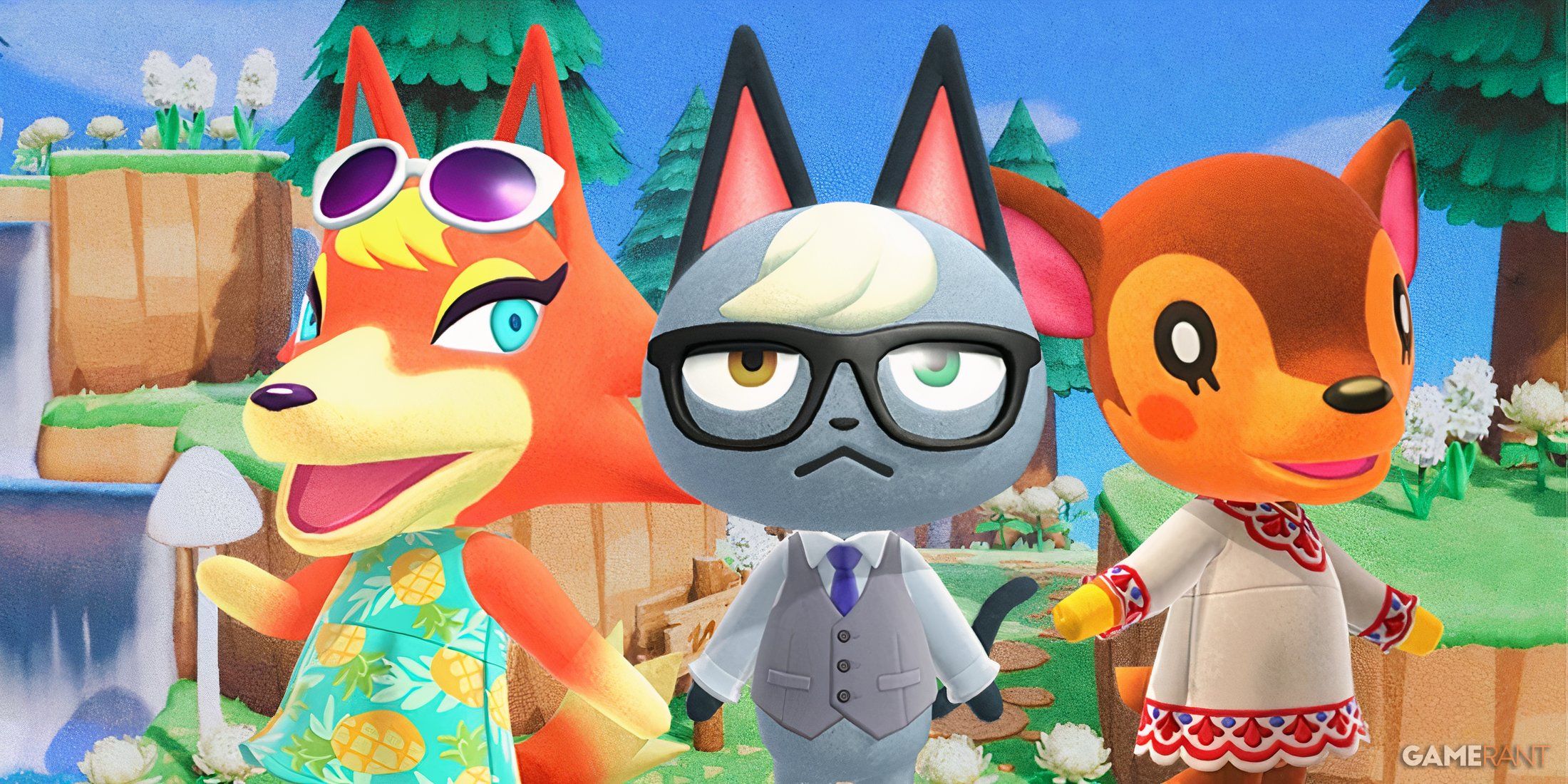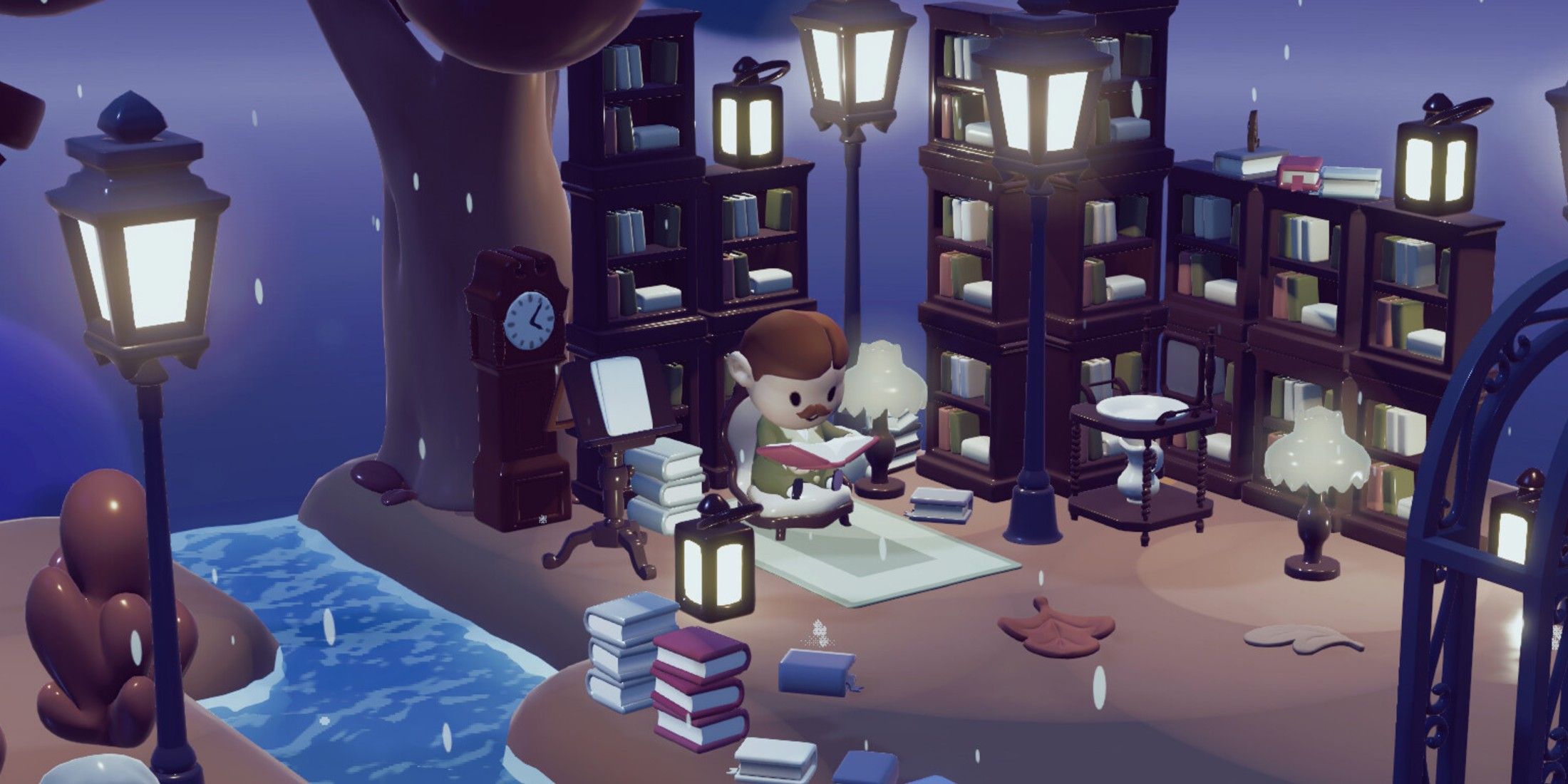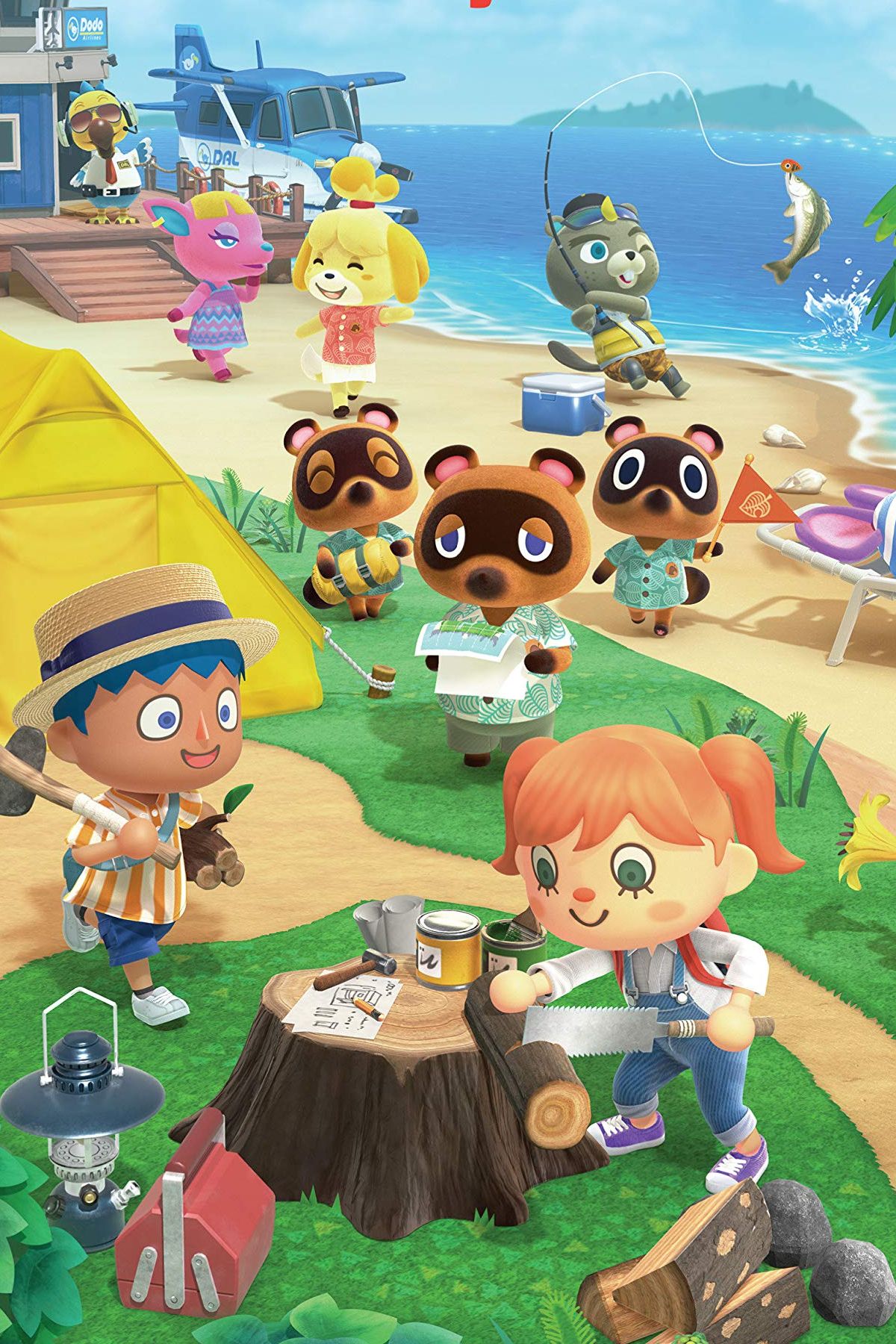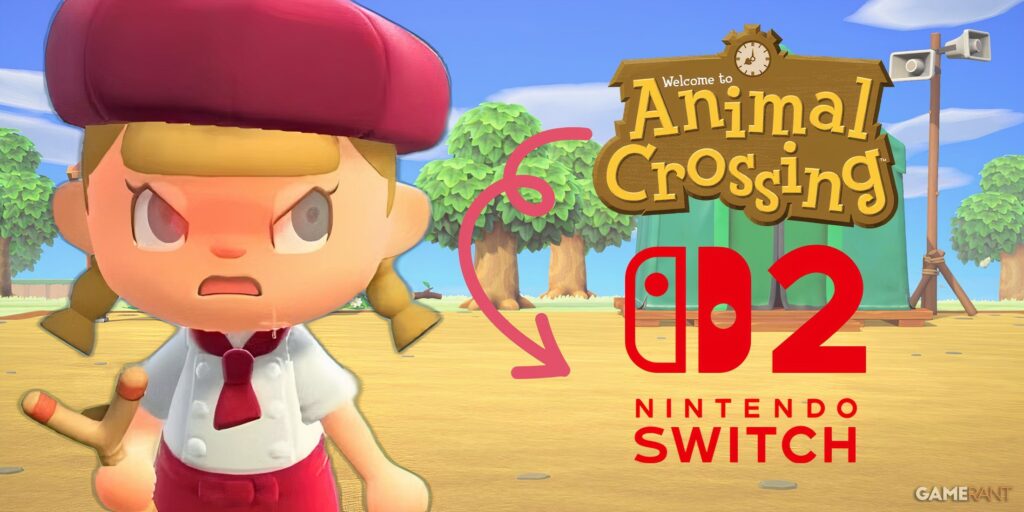When Animal Crossing: New Horizons hit the market in March 2020, it introduced players to an Animal Crossing experience unlike anything they had seen before. The Animal Crossing formula was quite simple before 2020: transporting players to a quaint village inhabited by critters with different personalities. Catching bugs, paying off a home loan, and whacking aesthetically unpleasing villagers with a net in hopes that they would leave became the blueprint that players became fond of for a little over ten years. New Leaf provided a slight remix of the concept in 2012, giving players some control by making them the mayor of an equally recognizable village—the same script, with some new features. But Animal Crossing: New Horizons had its eyes set on rewriting the beloved Animal Crossing script. The latest installment of the franchise placed players on a deserted island instead of a village and granted them the maximum expression of creativity with an almost fully customizable town.
Animal Crossing: New Horizons achieved great success due to its enhanced experience for new players and its launch during a period when people sought connection amidst a global pandemic. Quite literally, New Horizons reinvented Animal Crossing’s already successful formula, launching it to new heights that made it worthy of being considered one of the best life-sims of all time. However, with new horizons come new expectations that may be hard to meet. Long-time Animal Crossing fans have their eyes and hopes set on the inevitable Switch 2 Animal Crossing game. It’s only a matter of time until an announcement graces their ears. With the dramatic makeover that Animal Crossing: New Horizons brought to the series, it’s entirely plausible that fans might be expecting strides as bold as the game’s ambitions. However, there might be some glass ceilings set by New Horizons that may actually be a little hard to break.

Related
Animal Crossing Villager Type Tier List
Animal Crossing: New Horizons gave players full control over neighbors, revealing clear favorites among the game’s villager personality types.
The New Animal Crossing May Struggle to Improve on Design Freedom
Animal Crossing: New Horizons impressed both franchise veterans and newcomers with the number of customization options available. With many wishlist boxes marked off at once, New Horizons was able to provide players with expanded choices when it came to making their island their own: from terraforming an entire New Horizons island to making a cute island representative. However, by fulfilling so many long-standing player requests, the game may have already delivered the definitive customization experience. This means that the next entry might struggle to improve on any of the features noted below in a meaningful way.
Island Customization Reached Its Peak
With New Horizons, Animal Crossing players gained unprecedented control over their island’s landscape. Terraforming tools allowed players to shape cliffs, rivers, and waterfalls to their heart’s content, while a massive selection of outdoor furniture and custom path options helped define the aesthetic of each unique island. For a franchise once limited to strict town layouts, this was a massive leap forward. However, the introduction of such deep customization raises the question of where the series can go beyond this milestone. When players can already design everything from a rustic village to a tropical paradise, Nintendo may struggle to add meaningful innovations in Animal Crossing’s island customization without becoming entirely overwhelming for new players.
Diminishing Returns for Home Upgrades
In earlier Animal Crossing games, upgrading a house was one of the main motivators for collecting Bells. Each expansion felt significant and came with new design possibilities. New Horizons continued this tradition but added so many decorative tools outside the home that the outside of a home began to feel equally important as the inside. While the exterior options were not as expansive as New Leaf’s, they became crucial to an island’s aesthetic. Unless future titles find a way to tie home upgrades to gameplay mechanics or introduce systems like functional room types (e.g., kitchens, workshops), players may feel less excited about homes altogether.
Full Control Over Villager Homes
New Horizons’ Happy Home Paradise DLC gave players a creative playground where they could design dream homes for every villager, unlocking new furniture, floor plans, and layout mechanics in the process. This expansion wasn’t just a fun diversion. It reshaped what players expect from home customization. Suddenly, fans weren’t just decorating their own spaces; they were transforming the entire residential experience of the game. And with features like partition walls, accent walls, lighting adjustments, and ceiling decor, it offered interior design tools more powerful than those in the base game. This may mean that the next Animal Crossing needs to make Happy Home Paradise content base-game content.

New Cozy Game Has Serious Animal Crossing Vibes
Fans of cozy video games like the Animal Crossing franchise get an early look at a brand-new adorable title with seriously wholesome vibes.
DIY Crafting Already Covers Everything
One of New Horizons’ most celebrated innovations was its expansion of player agency, especially through its crafting system. For the first time in franchise history, players weren’t just buying or unlocking furniture; they were building it from scratch, collecting materials, and learning recipes tied to events, seasons, and villagers. This new mechanic added a layer of progression and purpose to daily gameplay loops and a list of sought-after DIY items in New Horizon. However, like many of New Horizons’ biggest swings, its success has come with a tradeoff: the next game may have little room left to meaningfully evolve this system.
Recipes Saturated the System
When DIY crafting was first introduced in New Horizons, it felt like a refreshing twist on the franchise’s traditional item acquisition methods. Suddenly, players were foraging for materials, crafting seasonal items, and customizing furniture with paint and patterns. But as the game matured, the once-exciting DIY system became oversaturated. Players quickly found themselves drowning in duplicate recipes, hunting endlessly for missing DIY blueprints, and hoarding stacks of wood, iron, and stone just in case. The initial novelty faded into tedium.
Now that the game boasts hundreds of recipes across events, biomes, and personalities, it’s hard to imagine how a sequel could expand crafting without simply piling on more of the same. A handful of new materials or seasonal items wouldn’t be enough to rekindle interest, and adding too many could make the system even more bloated. The crafting system’s sheer volume is already difficult to manage without a complete overhaul to inventory, sorting, and recipe discovery.

Animal Crossing: New Horizons
Released
March 20, 2020
ESRB
E for Everyone: Comic Mischief
Developer(s)
Nintendo EPD
Publisher(s)
Nintendo
Engine
Havok
Multiplayer
Online Multiplayer, Local Multiplayer
Cross-Platform Play
no
